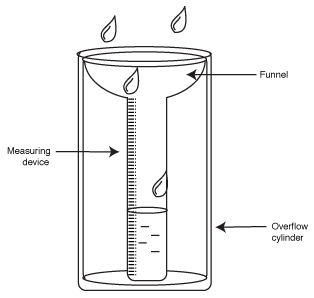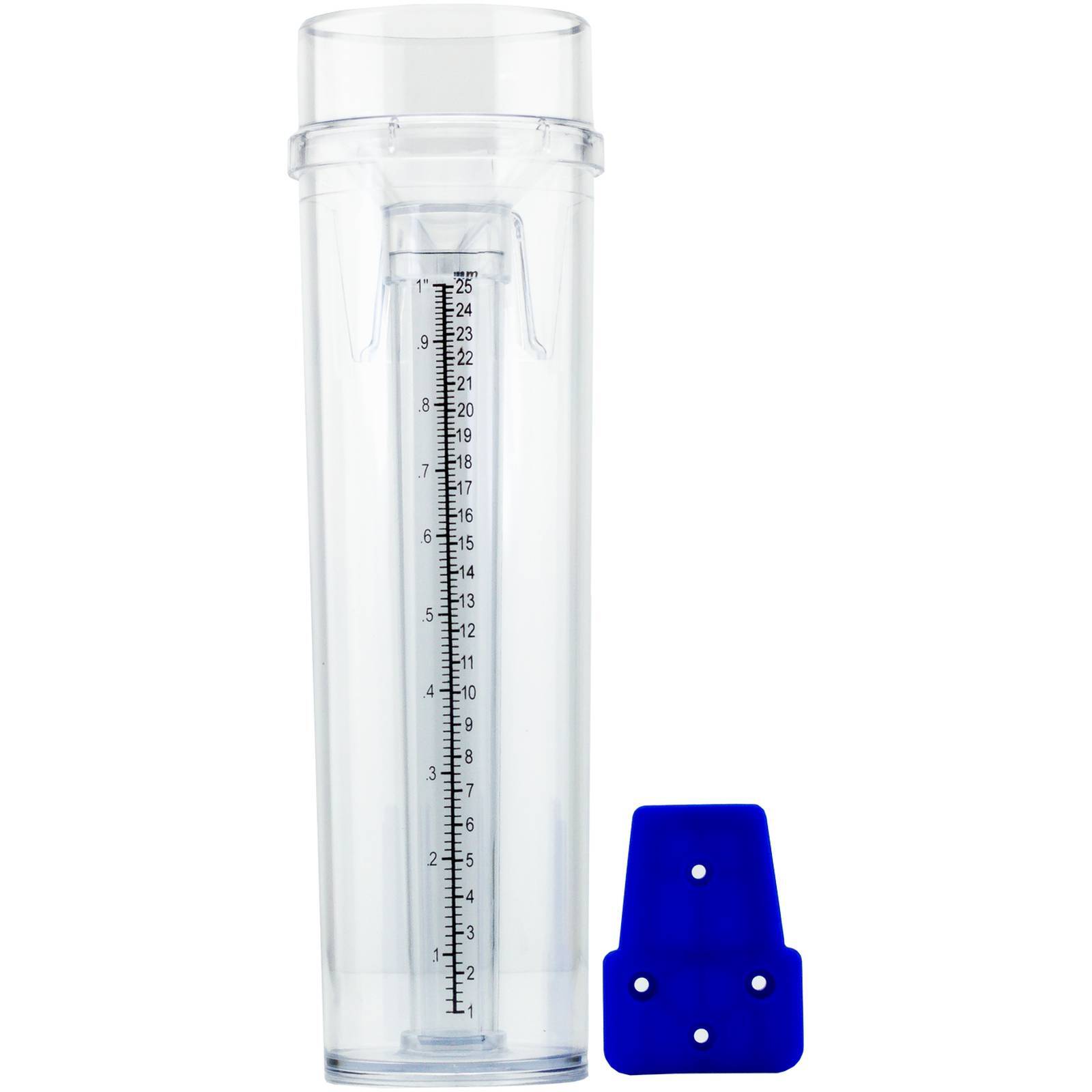Discover the Leading Benefits of Making Use Of a Modern Rain Scale for Accurate Weather Tracking and Projecting
Improved Data Precision
Using a modern-day rainfall scale dramatically enhances the precision and integrity of data accumulated on precipitation levels. Standard rainfall gauges frequently encounter constraints such as evaporation losses, wind impacts, and hand-operated reading errors, causing unreliable information. In contrast, contemporary rainfall evaluates are furnished with innovative innovations like ultrasonic sensors, tipping pails, or evaluating mechanisms that offer more real-time and precise information on rains strength and duration.

The improved data precision supplied by modern-day rainfall assesses is critical for different applications, including flood projecting, water source administration, farming, and city preparation. By specifically measuring rainfall patterns, these evaluates make it possible for meteorologists and scientists to better understand regional climate condition and trends, causing more trusted forecasts and very early warning systems for serious weather occasions.
Furthermore, the information accumulated from modern rainfall determines can be easily incorporated into weather condition surveillance networks and evaluated utilizing advanced software program, improving the overall accuracy and performance of precipitation information interpretation. Overall, the usage of modern-day rain assesses plays an essential duty in enhancing the quality of weather-related data for a broad array of functional purposes.
Real-Time Updates
Including innovative sensing units and communication systems, modern-day rain determines offer immediate updates on rainfall levels, ensuring prompt and precise information for numerous applications. Real-time updates play a vital duty in weather condition tracking and forecasting by making it possible for meteorologists, researchers, and various other customers to respond immediately to changing weather conditions. These updates enable the monitoring of rainfall strength, duration, and patterns as they happen, boosting the capability to predict prospective flooding, droughts, or other weather-related events precisely. By obtaining continuous details on precipitation degrees, individuals can make educated decisions concerning farming activities, water resource management, and emergency situation feedback initiatives. Furthermore, real-time updates from modern-day rain determines add to the renovation of climate models and projections, eventually enhancing the general accuracy of climate forecasts. The rapid nature of these updates additionally assists in the combination of rain scale data right into numerous automated systems, additionally improving the procedure of climate monitoring and evaluation.
Improved Forecasting Accuracy
Offered the real-time updates given by contemporary rain gauges, the boosted precision in forecasting weather comes to be significantly noticeable. By precisely measuring rainfall degrees as they occur, modern rain assesses enable meteorologists and weather experts to make more informed predictions regarding future weather patterns. This better projecting precision is critical for a range of industries and industries, including emergency, agriculture, and transport management.
The data gathered by modern-day rain assesses permits the growth of even more reputable weather designs, which consequently brings about extra view it now accurate forecasts. rain gauge. With this enhanced accuracy, businesses can better prepare for prospective disturbances triggered by extreme climate events, farmers can make enlightened choices regarding irrigation and plant administration, and emergency responders can prepare for and react to all-natural disasters a lot more properly
Efficient Source Planning
Efficient resource preparation is necessary for optimizing procedures and taking full advantage of efficiency in different sectors. Modern rainfall assesses play an essential role in improving resource planning by giving real-time and accurate information on rainfall levels. By using information gathered from these advanced rain gauges, organizations and businesses can make informed choices concerning source allotment, especially in sectors Discover More Here heavily affected by climate condition such as building and construction, farming, and transportation.
In farming, for instance, having access to precise rainfall measurements permits farmers to intend irrigation schedules better, making sure that plants receive sufficient water without wastefulness. Similarly, in building and construction, knowing the exact amount of rains can assist project managers adjust timelines and assign resources as necessary to stop delays and expense overruns. Additionally, in the transportation sector, precise rains information makes it possible for authorities to execute proactive procedures to avoid flooding, decrease traffic congestion, and guarantee the safety of travelers.

Advanced Modern Technology Integration
With the rapid improvements in modern technology, the assimilation of modern rain determines has actually reinvented the way rainfall information is accumulated and utilized for different objectives. Advanced modern technology integration in rain assesses involves the incorporation of sensing units that can identify not only the quantity of rainfall however additionally the intensity and period of rainfall events. These sensors can provide real-time data, enabling more exact climate tracking and projecting.

In addition, some contemporary rainfall assesses are incorporated with cloud-based storage systems, enabling individuals to accessibility historical rainfall data easily - rain gauge. This historic information can be useful for fad evaluation, drought monitoring, and water source monitoring
Verdict
Finally, using a modern-day rainfall scale uses many benefits for precise weather monitoring and forecasting. With enhanced information precision, real-time updates, improved projecting precision, effective source preparation, and advanced innovation combination, weather condition tracking ends up being extra effective and trusted. By using these advanced devices, meteorologists and various other experts can make more informed choices and far better plan for weather-related events.
In the world of weather surveillance and forecasting, the usage of modern rain evaluates has actually changed the means meteorological data is accumulated and analyzed. Furthermore, real-time updates from modern rainfall gauges contribute to the enhancement of weather condition designs and projections, inevitably enhancing the overall precision of climate forecasts. The immediate nature of these updates also facilitates the assimilation of rain scale information into numerous automated systems, further streamlining the process of weather condition surveillance and More Info analysis.
By accurately measuring rains degrees as they occur, contemporary rainfall assesses make it possible for meteorologists and weather condition specialists to make even more informed forecasts about future climate patterns. By making use of data accumulated from these advanced rain evaluates, organizations and services can make educated choices concerning resource allotment, particularly in sectors greatly affected by weather condition problems such as building and construction, farming, and transport.